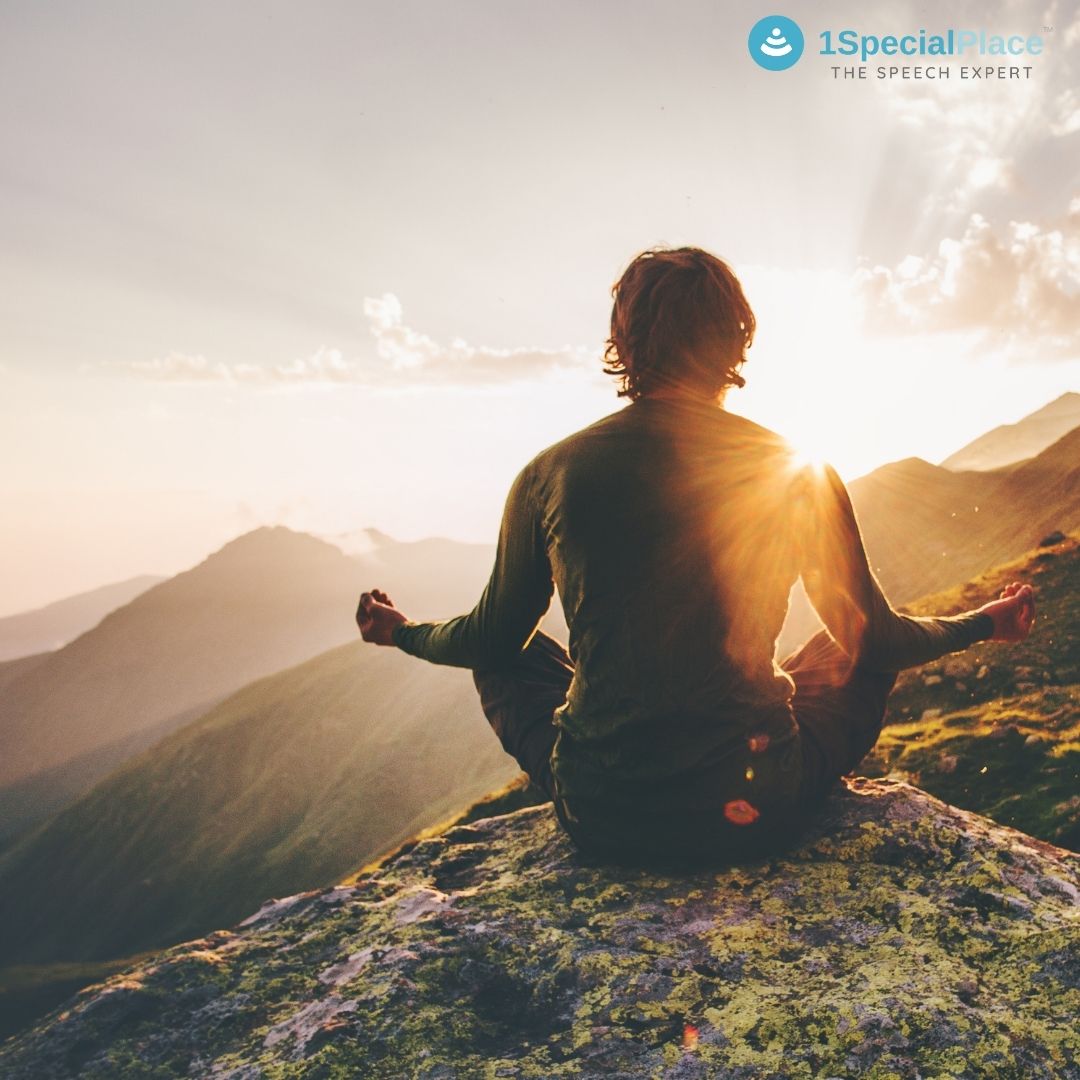
Yoga for Speech Therapy
Yoga for Speech Therapy
Yoga is gaining recognition and popularity for its health benefits. It is a mind and body practice. It is a wonderful combination of physical movements, breathing patterns, meditation and relaxation, which improves physical well being and mental health. Yoga does not only include physical posses but also uplifts one’s mood, reinforces kinetic learning, helps make better decisions by bringing clarity and increases language reception and retention.
Merging Speech Therapy and Yoga will be a great way for the children to regulate their body and mind, encourages active learning, and allows them to practice speech sound production, receptive and expressive language skills and social skills all simultaneously. This ideal combination leads to calmer and smarter kids.
Yogic techniques, specifically purposeful breathing aligned with physical movement, are simple and easy to implement in a therapy session. Bringing yoga into a session is inexpensive and easy to learn.
Yoga provides opportunities for learning and practising play and language skills, and to develop the skills necessary for speech sound production and motor planning for speech.
Yoga or other movements can be incorporated into speech therapy.
Here is how Yoga helps in Speech Therapy.
-
Yoga helps in Respiration:
One requires planning to move the lips, tongue and jaws in coordination with breath for the production of speech sound production. Speech production requires more conscious control over breathing than non-speech production. This conscious control over breathing is the main part of practising yoga. This in turn motivates children, to become aware of their breathing and also help them coordinate breath with speech sound production.
-
Speech Sound Production and Motor Planning in Yoga practice:
As we know, yoga provides multiple opportunities to practice gross motor and fine motor planning, for example, when executing poses, using breathing techniques, and chanting. Yoga classes often include consistently repeated routines. This kind of routine is one of the best ways for children to learn and store the motor movement sequences.
Choral speaking as a group in yoga is another method that provides an opportunity for children to practice motor planning for speech, gross and fine motor movements. Children with a difficulty in planning and programming motor movements will be best benefited from this kind of practice.
-
Learning Language with Yoga practice:
Instruction given during the practice helps children develop receptive and expressive language skills. For example, when children are introduced to the names of yoga poses and hear verbal directions for executing those poses, they receive exposure to a variety of nouns (animals, elements of nature, transportation objects, body parts), actions/verbs ( sit, stand, lie down, inhale, exhale, close eyes), and positional words (up, down, side, under).
Read blog on colour yoga for adults here
-
Yoga practice helps improve Social Skills:
Yoga when practised in a group, children get a sense of one with others. The participants learn how to talk to other people and practice using social skills. Yoga provides children with a sense of community.
-
Yoga practice also facilitates Play:
Play helps children in developing the capacity to learn the language. There are many opportunities in yoga where children can make use of props that will support pretend play. Providing children with new vocabulary, concepts and a plethora of ideas for thematic pretend to play.
Book your speech therapy session now
For more ideas check out our other related blogs
- Yoga for Stuttering: Can It Help Improve Speech Fluency? - July 25, 2023
- Efficacy of online therapy in childhood stuttering relapse: A Case Study - July 14, 2023
- Why do you need Speech Therapy? - December 21, 2022

Leave a Comment
(0 Comments)